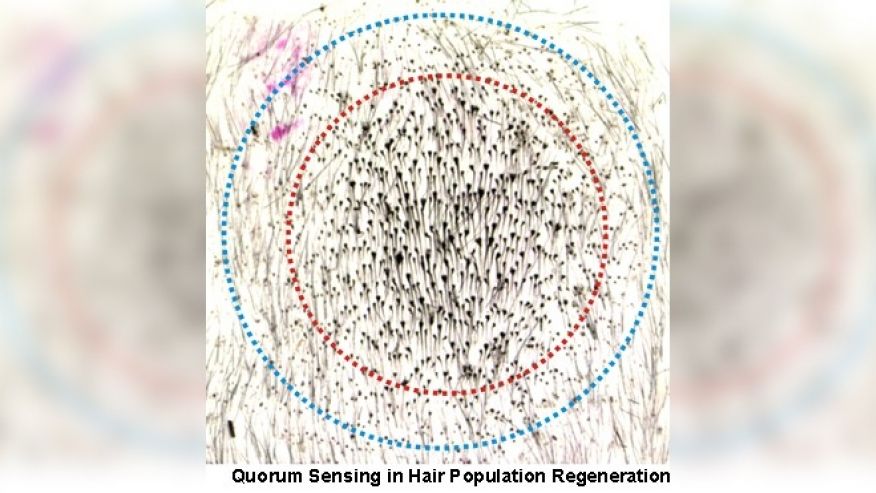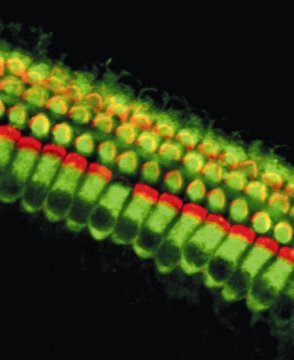
Everything you need to know about The FODMAP Diet
A quick scroll through Instagram and you’ll see images of #FODMAP friendly foods appearing all over the place, but what exactly is the FODMAP diet and should you be joining up?
What is The FODMAP Diet?
I’ll start with the science bit. FODMAP is an acronym for fermentable, oligosaccharides, disaccharides, monosaccharides and polyols – you can see why they choose an acronym!
These are foods which are renowned for being difficult for your body to absorb and digest. They not only ferment in your intestines but they also attract a great deal of water into your bowels before being expelled – lovely.
The FODMAP diet is not a ‘summer fix’ but a particular approach to addressing more serious health concerns. The FODMAP diet is the go to method for those suffering from IBS, but it can also be beneficial for people who experience similar symptoms such as bloating, abdominal pain and less than happy bowels.
Is the FODMAP right for me?
If you suffer from IBS or any IBS related symptoms such as wind, bloating, abdominal pain, constipation or diarrhea then it might be a good option.
Be warned: this diet isn’t for the faint hearted. It is a fairly strict diet to follow and they recommend following it for a minimum of eight weeks. After the eight weeks, you can then work on finding the ideal balance of how much and what type of FODMAP foods your body can tolerate, and use this as a base for moving forward.
What can you eat on the FODMAP diet?
This diet is less about a strict list of things you should be eating, and instead about focusing on removing foods you shouldn’t be eating.
As long as something doesn’t appear on the FODMAP food list then you are free to go wild with it. Be careful though, a lot of FODMAP foods can be found lurking in processed or prepackaged foods – you have to be a fairly stringent label reader!
What can’t you eat on the FODMAP diet?
FODMAPS are a collection of sugars that can be found in some fruit, vegetables, milk and wheat. There is a fairly extensive list of specific foods which are high FODMAP, but a few key ones are:
- Certain vegetables e.g. garlic, legumes, beetroot, onions and avocado Wheat
- Certain fruits, particularly those high in fructose such as apple, mango, pear and stone fruits
- Milk and dairy products
- Sweeteners such as honey, high fructose corn syrup and artificial sweeteners
I’m afraid it also recommends that you keep alcohol consumption to a minimum. If you do choose to treat yourself to a tipple then it should be a clear spirit, such as vodka or gin, with soda and flavored with fresh fruit – FODMAP friendly fruit of course!
How do I get started with the FODMAP diet?
Head over to thefodmapfreelife.com for delicious low FODMAP alternatives of your favourite treats, such as chocolate raspberry brownies!
[“source-lifestyle”]




















